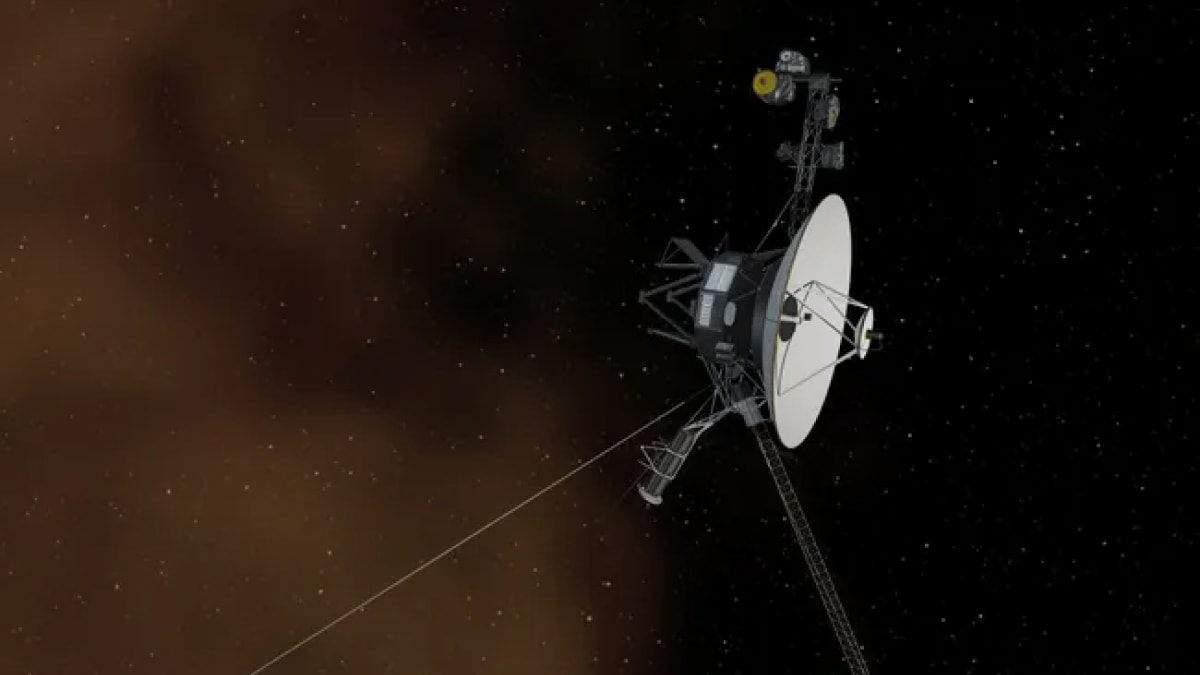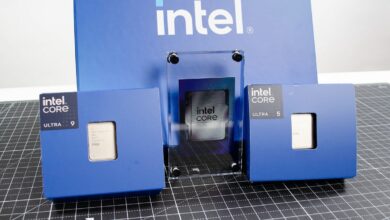NASA Voyager 2 turns off plasma science instrument to save energy

NASA has turned off one of Voyager 2’s science instruments to preserve its remaining power as it travels through interstellar space. Launched on August 20, 1977, the spacecraft is currently 20.8 billion kilometers from Earth and is exploring beyond the solar system. Since leaving the heliosphere on November 5, 2018, Voyager 2 has been studying the interstellar environment using four active science instruments. However, as the probe’s power supply gradually decreases, NASA has had to make the difficult decision to turn off another instrument.
Managing declining power supplies
Voyager 2, along with its counterpart Voyager 1, is powered by decaying plutonium, reducing available energy by about 4 watts annually. To extend operational life, NASA has gradually turned off non-essential systems and some instruments. Currently, six of the spacecraft’s ten original instruments have been deactivated. On September 26, 2024, the decision was made to shut down the plasma science instrument played a crucial role in confirming the probe’s departure from the heliosphere by detecting the decrease in the number of solar particles.
Core data of the plasma science instrument
The plasma science instrument had four “beakers” to measure charged particles, three of which faced the sun and monitored the solar winds in the heliosphere. After the spacecraft left the heliosphere, these cups stopped collecting data, leaving only one operational. This remaining cup intermittently provided useful data as Voyager 2 performed its periodic 360-degree rotation.
The future of Voyager 2
NASA’s Jet Propulsion Laboratory confirmed that the plasma instrument was shut down without any complications and that the spacecraft continues to function normally. While the remaining instruments collect valuable data, engineers will continue to monitor the probe’s energy reserves to determine when further shutdowns will be necessary so that the mission can continue for as long as possible.




